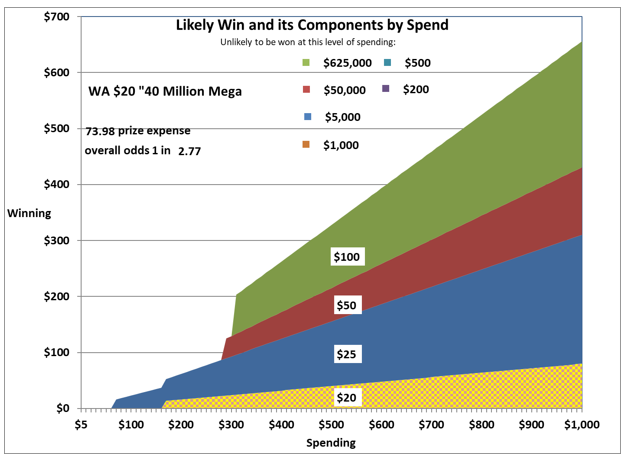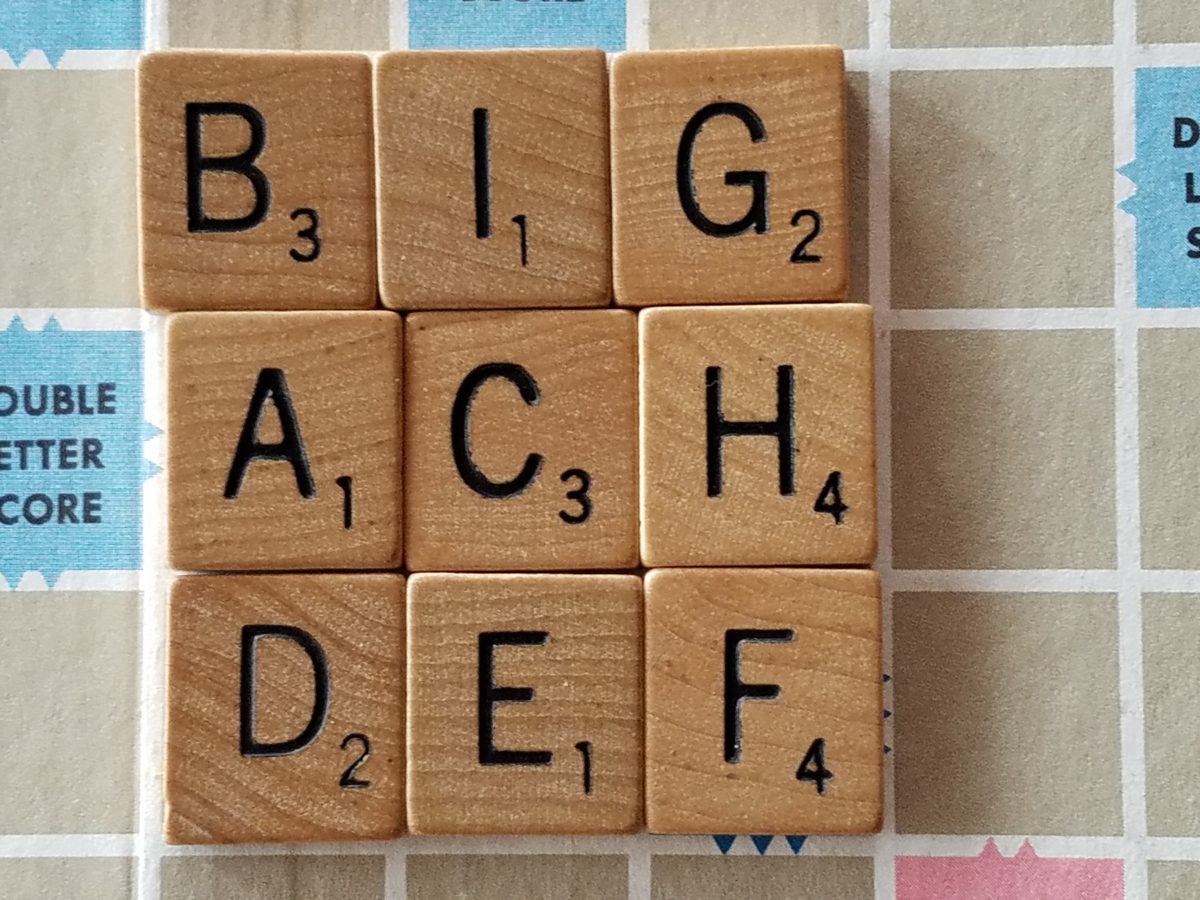When the jackpots are big enough, we see money pouring in. But ‘big enough’ keeps floating higher, and the number of players is not growing significantly. If we want to engage people to play more money more often, we need to give them better value. I discuss how to do that, in NASPL Insights April 2020.
Category: engineering
allocating money for effect
Essence of Instant Games
Instant games are manufactured products, rather than live performances. Their prize values can be distributed however best keeps players engaged, rather than by clear and simple rules as is the case with draw games. Small wonder that they have been the big success story of the past 50 years or so. Take the long view with me, in NASPL Insights June 2019!

Real Gains through Simulated Play!
A new look for lottery
And I mean a new ‘looking for’ as well as a new ‘look’. Rather than sticking to game mechanics that have simple, obvious math defining the outcome probabilities, let’s ‘look for’ play value first. Get the probabilities by numerical simulation (teaching a computer to play). The grid above could be worth significant money, in the game I describe in NASPL Insights February 2019!
Why Keno?
Keno, a traditional game with origins in Asia, is a busy game: from a huge cast of characters (numbers 1 through 80) it scrambles 20 across the stage every drawing. It looks complicated for the player, with several different types of bet available. And yet, it thrives better than most draw games in settings where there is an opportunity to play every few minutes. Why? The math of the game supports the hopeful intuitions of players, as I show in NASPL Insights April 2018.
Why Does a Whole Village Win in El Gordo?
I reflect on how the logistics and information technology of 200 years ago (pen and ink, and mules) formed the game. Further, I show how its winning experience and structure support its social aspects. If we want to leverage social networks now in North America, we must find ways that fit our contemporary technologies and social structure. NASPL Insights February 2017
Do You Call That a Win?
Watching from behind the mirror in a focus group, I heard a discussion that led me to test: do people treat a win differently, depending upon whether it was merely a pay-back of the wager, or something bigger? Four key learnings from my work on millions of wins:1) it’s the dollar value of the prize, not whether it is more than the wager, that predicts how diligently it will be claimed, 2) even $1 prizes get claimed about 90% of the time, 3) $4 wins appear to be as valued as $5, and 4) about 2% of wins get missed, regardless of their value.NASPL Insights February 2015
Seeing Prize Structures
The common feature of both printed and online instant games is the prize structure- the allocation of limited prize funds to prizes of different size and abundance. The prize structure is a purely quantitative feature that determines the wins experienced by players. The prize structure also determines the profitability of the game. Historically, it has received less attention during development of instant games than the play style or “reveal”, or the appearance of the printed ticket. I developed applications to express the winning experience delivered by complex instant game prize structures as graphics that the whole team can learn to interpret, at the speed of conversation.Design discussions now focus on “what is the player’s experience?”, and how to improve that experience. Quantitative changes to the prize structure can be evaluated on the fly, both for their effect on the winning experience and for their effect on profitability. NASPL Insights December 2013
Games for Beginners
My economist friend M., having pointed out that if we want more players in our instant games, we might want to be more generous with prizes (what he calls “pricing for penetration”), followed up with an insight about how quickly we need to prove our generosity. It is pointless, he says, to focus on prizes that are unlikely to be won unless a player is spending big. The challenge is to design games that will keep players engaged who are spending small. I related our conversation in NASPL Insights October 2013.
Can We Stretch Elasticity? The Tradeoffs of Prize Expense, Sales, and Customer Base
My economist friend M. pointed out some time ago that the way lotteries build instant tickets embodies a doctrine about pricing. The doctrine expressed by most lotteries might be called “best deals for our most committed customers”- that is, the players who are willing to spend $20 per ticket get our most generous payouts. This doctrine tends to concentrate the business on a small and very avid player base. Most lotteries claim to want something different- a broad base of players, none of whom plays excessively. A pricing doctrine better suited to producing this result is called “pricing for penetration”. Have you ever heard of this in the lottery context? Neither had I when I published this article in NASPL Insights August 2013
